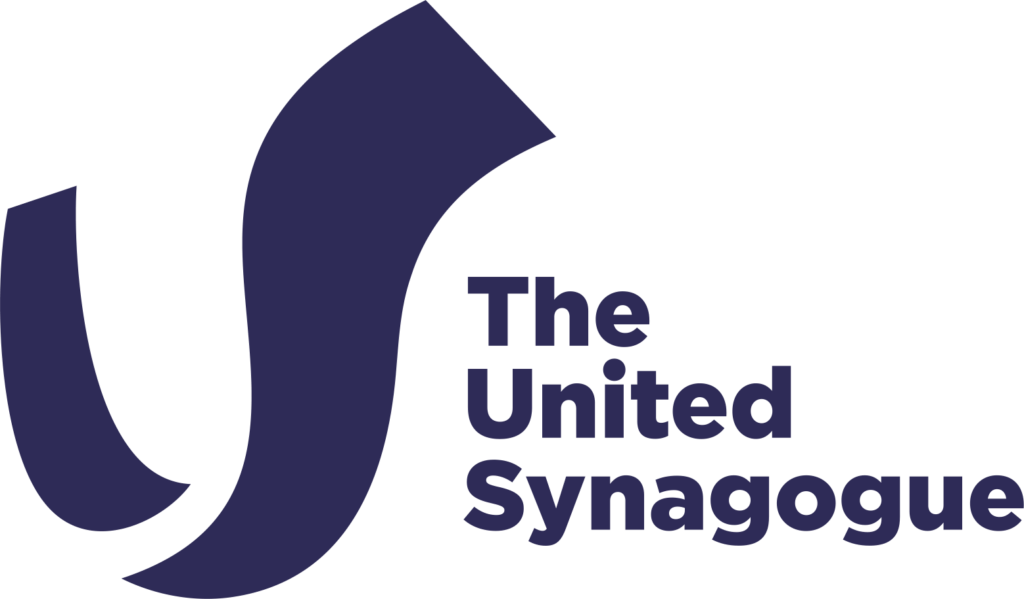One of the most important times in a young Jewish person’s life is their Bat or Bar Mitzvah. On this page we outline what happens on the special day and suggest some different options for how to celebrate. On our Accessibility page you’ll also find suggestions that help to create a meaningful and welcoming simcha for people with varying abilities and challenges. Your rabbi or rebbetzen will be able to offer further support.
The point at which a young person becomes responsible for observing the mitzvot (God’s commandments) is called Bar Mitzvah (son of commandment) for males and Bat Mitzvah (daughter of commandment) for females. A boy becomes Bar Mitzvah at age 13, while a girl comes of age at 12. The transition from ‘child’ to ‘adult’ in Judaism happens over a person’s Hebrew birthday. You can calculate a Hebrew birthday by the date and time of birth – your rabbi or rebbetzen can assist you with this. On a girl’s 12th (Hebrew) birthday, and a boy’s 13th, they automatically become Bat or Bar Mitzvah through no action or event. Nevertheless, it is a significant milestone in a person’s life and given the extraordinary opportunity they now have, to fulfil their Godly mission, it is one that deserves celebration. That said, there are no set laws on how either a Bar or Bat Mitzvah should be celebrated.
Do you have to have a ceremony?
As mentioned above, becoming Bat or Bar Mitzvah happens completely independently of any formal ceremony or celebration. There are many ways to mark the day; reading from the Torah or delivering a Dvar Torah (speech on a topic of Jewish study) for example. Some children may need additional support, not want a large event or have varying abilities and challenges. Click here for information about our inclusive Bar and Bat Mitzvah guide.
Bar Mitzvah Options
- The normative option for a Bar Mitzvah boy is to be called up to reading of the Torah and saying the berachot (blessings) on the first Shabbat morning after his 13th Hebrew birthday. Alternatively, you could do this at another service where the Torah is read, such as Shabbat afternoons, Yom Tov, Monday and Thursday mornings, Rosh Chodesh, Chol Hamoed, Purim and Chanukah.
- As well as a call-up, some may choose to leyn (read from the Torah) some or all of the parasha (weekly Torah portion), whilst others may want to read the Haftarah (section from the books of the Prophets). Please be in contact with your shul rabbi who will be able to help you find a teacher to suit your child’s preferred way of learning. Learning a Torah portion can take some time; we recommend approaching the rabbi for advice approximately two years in advance.
- A boy could learn to daven a prayer service, such as Maariv, on a weekday evening.
- A short Dvar Torah would also be a very appropriate way to mark the occasion, whether or not a boy reads any passages in shul.
- An important mitzvah in becoming an adult male is the wearing of tefillin, which are worn for weekday Shacharit (morning) prayers. The first time donning tefillin, hanachat tefillin, is a very poignant moment in a man’s life and is another opportunity to celebrate coming of age.
Bat Mitzvah Options
- Many synagogues hold Bat Mitzvah ceremonies on a Shabbat morning (after the prayer service), when the girl gives a speech on the weekly Torah reading, her Hebrew Name, the next festival, or a significant mitzvah or value. Some may prefer holding this ceremony at home or in a more private group, rather than for the whole synagogue community. Please be in touch with your rabbi or rebbetzen who will be able to advise you on topics and help put a speech together.
- You could recite Havdala (ceremony marking the end of Shabbat with blessings over wine, candles and spices) on a Saturday night; have a Friday night service (Kabbalat Shabbat) for women, or a personal ceremony in shul on a Sunday afternoon for family and friends.
- Another possibility would be a women-only service on Friday night or Rosh Chodesh (celebration of a new month) which is traditionally considered a special time for women, with a blessing and presentation by the community rabbi afterwards.
Other Ideas
- Write an article for your shul magazine, create a photo display or make a short video on a topic relating to Jewish ideas.
- Many children now carry out a charity or social responsibility project in the year running up to their Bar or Bat Mitzvah. This is definitely a clear way to demonstrate that they are carrying out a mitzvah as part of the community.
- A challah make event, where the girl or boy makes a sufficient quantity of dough and says the blessing for separating the challah (originally the tithed portion for the Temple) before baking the loaf. It also offers the opportunity to give a Dvar Torah. This is creative, accessible and has a tasty completion!
- Many communities run pre-Bar and Bat Mitzvah programmes, which are highly recommended. They enable children and their parents to feel more connected to their community and more at home in shul and the rhythms of Jewish life.
Who should we contact and when?
The advice for all parents and carers of all children is to start planning as early as possible. Your first step should be to set up a meeting with your rabbi or rebbetzen for advice on the best way to proceed in your particular circumstances, including confirming a suitable Bar or Bat Mitzvah teacher. Different children learn in different ways and it is important, to whatever extent possible, to tailor teaching methods to your child’s skills and preferences. Open a dialogue around your child’s specific needs as soon as possible; each case is individual and collaboration is the most likely way to achieve a meaningful occasion for your child, family and community.
Mazel Tov!

